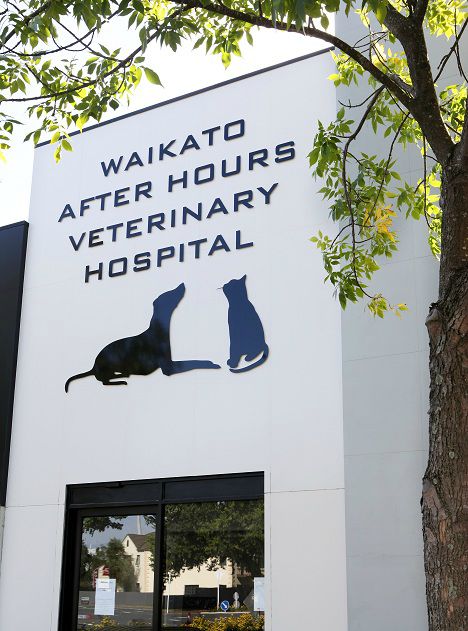Weeknight and 24 hr weekend emergency service
Our
Services
Fidex CT Scanner
The scanner is a new three-modality diagnostic imaging system specifically designed to generate 3D images of the inside of companion animals. The level of detail in the images from the Fidex CT scanner supersedes that of a human CT scanner when scanning small animals.
Which animals can I refer?
Animals who are candidates for a CT scan commonly include those with:
• Neurological disorders
• Lung disease
• Nasal disease
• Ear disease
• Abdominal conditions
• Some orthopaedic conditions
• Metal implants that cannot be imaged with MRI
Animals up to and including the size of a large German Shepherd can fit through the machine
Providing clients with an improved diagnosis just got easier with the arrival of New Zealand’s first Computed Tomography (CT) scanner designed specifically for pets
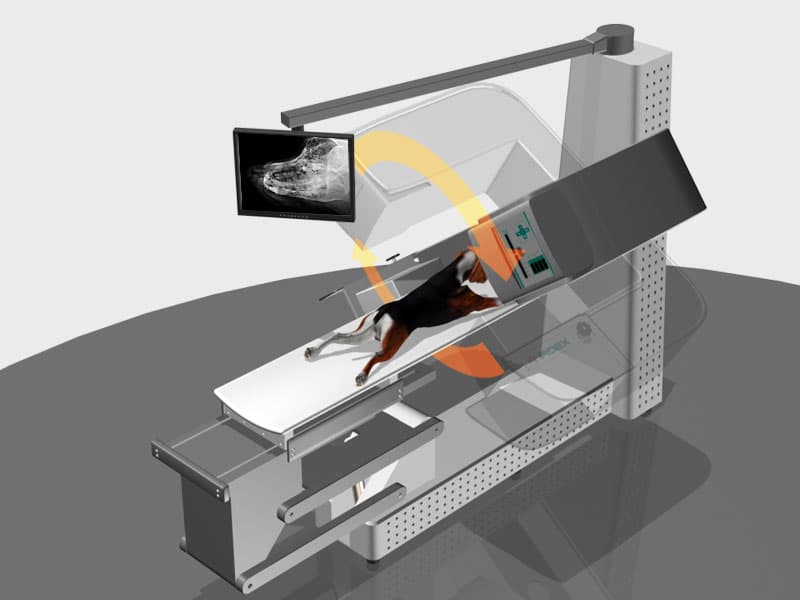
As vets, we endeavour to provide the best diagnosis for our clients’ pets. However, sound diagnosis can be difficult without the help of the latest technology. The .3D image provided by a CT scanner, as compared to a 2D x-ray image, allows you to provide improved diagnoses. Difficult cases, in particular, .will benefit from the in-depth investigation of affected areas. Improved diagnoses mean improved decisions on behalf of your clients’ pets.
How referral benefits your practice
• The CT scanner will act as an extension of your practices capabilities, you can now offer clients access to state-of-the-art equipment, without having to bear the capital cost
• The CT scanner can be used in the surgical planning increases clients’ understanding of their pet’s illness or injury and can encourage them to pursue further surgery for the illness or injury at your practice.
Provide your clients with a reliable and accessible diagnostic option
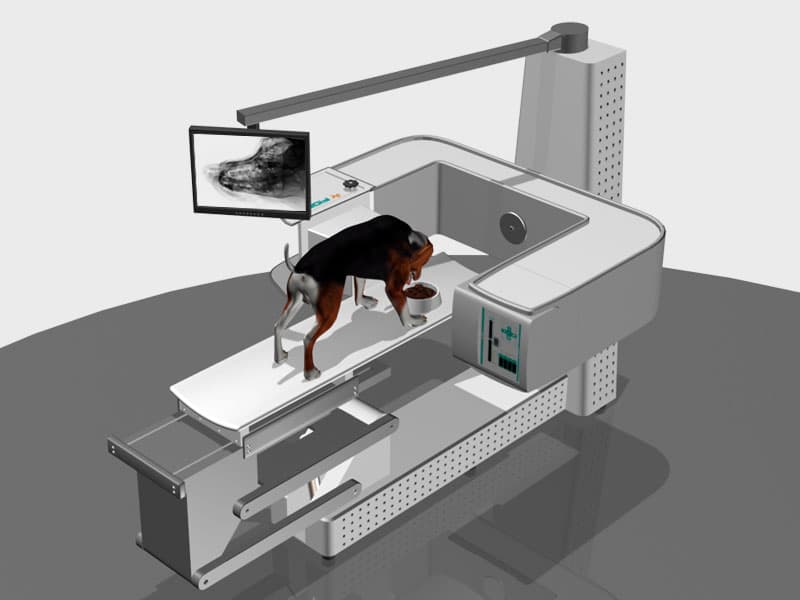
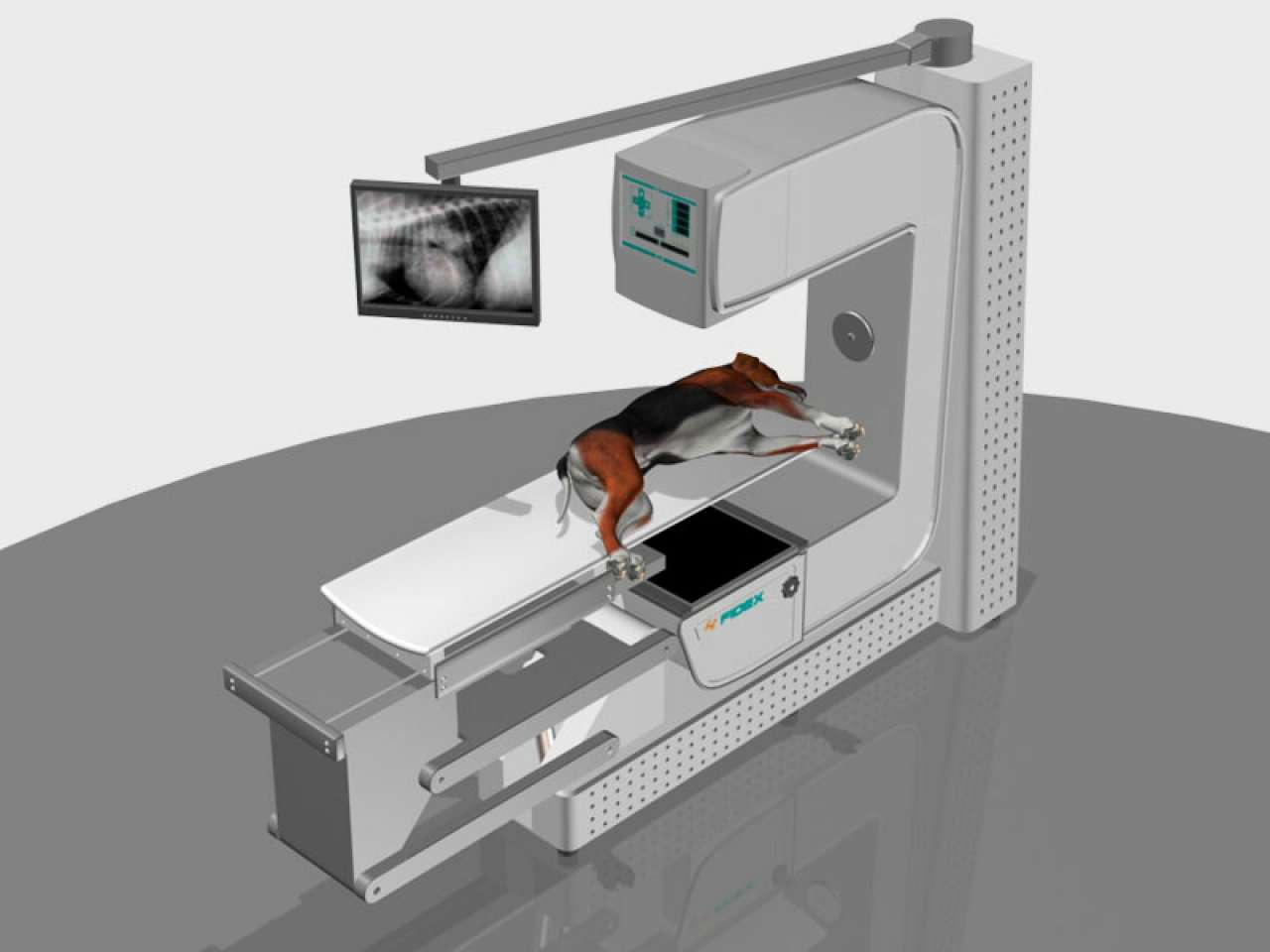
Emergency Vet Services
PCV / TP
Packed cell volume (which means the concentration of red blood cells (%) in the blood) and Total Protein. This is the most basic blood test. This will indicate if there is blood loss or anaemia and give us an idea of hydration levels.
CBC
Means complete blood count, also known as haematology. This test measures the number of red and white blood cells in your pets body. It tells us if anaemia is present (low red blood cell count) and whether the bone marrow is responding to produce new red blood cells. It also measures the numbers of the different types of white blood cells present . For example, if the neutrophil (a type of white blood cell) count is high, this means it is likely that there is an infection or inflammation. We then look at a blood smear under the microscope to check cell abnormalities and platelet counts to further narrow down what is going on.
Biochemistry
These baseline tests check the levels of chemical markers in the blood that indicate if the liver, kidneys or pancreas are affected by or involved in the animals illness. However often further tests will be needed to determine the cause. The biochemistry panel also measures protein levels, glucose and electrolytes. Electrolytes are important as they can help determine the cause of a disease for example a high potassium and low sodium ratio often means a disease called Addison's. Another good reason to measure them is if the potassium level is either too high or too low this can cause irregular heart rhythms which left undetected can be fatal. We recommend biochemistry tests prior to any anaesthetic as undetected problems can result in preventable complications and a worsening of a disease process.
Coagulation panel
This blood test measures the time in which the blood clots via 2 different clotting pathways in the body. We compare the time to normal ranges and if prolonged, can mean number of things. The most common thing we see is rat bait poisoning which causes internal bleeding and if not detected early enough is often fatal.Other causes of a prolonged clotting time can be rarer diseases like haemophilia, platelet destruction (immune mediated diseases) or a critical condition called DIC which affects the bodies ability to clot blood. This can be a consequence of conditions such as heatstroke or severe infection and inflammation.
Blood Gases
This panel gives us an indication of how well the cells are getting oxygen delivered to them by the blood. It measures the oxygen levels,carbon dioxide levels,lactate and bicarbonate levels in the blood.For example if the primary problem was that the carbon dioxide levels were too high we would suspect a problem with the lungs.If the lactate level was high it would indicate a problem with blood flow to the tissues.
Blood gases are important in trauma patients and critically ill patients and any animal that is receiving intravenous fluids. It helps us determine whether a patient is in shock and how effective our fluid therapy is. Blood gas parameters can change quickly so it is a very useful test to monitor the progress and determine the prognosis of a patient. The panel also includes electrolytes, blood glucose and PCV/TP.
Urinalysis
We can measure how dilute or concentrated your pets urine is.If the urine is dilute it can mean your pet may have kidney disease, among other things, but this must be interpreted along with a blood test. A urine sediment test can also show if there are red blood cells or white blood cells in the urine which may indicate a urinary tract infection. We may see crystals in the urine which is an abnormal finding that can contribute to urethral obstruction particularly in male cats (meaning the animal can't urinate) which is an emergency situation.
Overnight Transfers from your primary vet
We offer an overnight transfer service to other clinics where we can look after your pet overnight.
There are two levels of care:
Critical care level
Critical care level 2: This care package is for unstable patients who need vet assessments throughout the night and possible changes to the treatment plan. Examples of this would be if a patient was hit by a car, attacked by a dog or poisoned and needs to be monitored for things like blood loss, air or fluid developing around the chest or seizures that could develop. If the primary vet supplies the medications and the IV fluids and an IV catheter
Toxin Decontamination
A pet (usually a dog!) may become poisoned by something they ate that he or she shouldn’t have.The more common things we see are dogs that have eaten rat bait or slug bait,both of which are life threatening and are treated differently.If it is early enough and safe (<2 – 4 hours from ingestion),we can make your pet vomit (emesis) using apomorphine.We do not recommend owners make their pets vomit at home using things such as salt or washing powder as this can make them very sick.
Other common toxicities we see are a result of eating mouldy food (or compost), chocolate, grapes, onions, lillies (more common in cats), human medications and recreational drugs.
After emesis we can give activated charcoal (a black liquid that binds to certain toxins) if we think it is safe to do so.This is only if the patient will eat it in some food.Following decontamination each poison is treated differently.Some have specific antidotes such as vitamin K for rat bait poisoning,intralipid therapy for severe slug bait poisoning, while many require symptomatic treatment.This can mean IV fluids, multiple enemas, anti-seizure drugs or full anaesthesia, drugs to prevent gastro-intestinal ulceration, or drugs to control heart arrhythmias.
We have a whole book full of things that are potentially toxic to your pet so if you have any concerns please ring and ask as soon as possible. Early treatment is best.
Emergency Treatment and Critical Care
At the WAVH we provide top quality care by experienced emergency veterinarians. Our qualifiednurses triage your pet soon after arrival. Following this our veterinarian does a clinical examinationand devises an appropriate treatment plan which is discussed with you in detail. From there youranimal is either treated as an outpatient or admitted into our hospital. Your pet is entered into ourSmartFlow hospitalisation software with an interactive whiteboard – this ensures that theappropriate checks and treatments are given around the clock. Your animal is never alone – one ofthe many benefits of our emergency hospital is that we are open the whole time your clinic is closed.Your beloved pet stays with us as long as is needed, and then either goes home with you or handedover to you to transfer to your own veterinarian if more care is required.
ECG
We have a brand-new animal specific ECG (Electrocardiogram) machine.This measures the electrical activity of your pet’s heart and is a vital piece of monitoring equipment for many of our emergency and surgical patients.This can be measured with your pet conscious,therefore is non-invasive and non-painful.We can detect potentially life-threatening abnormal heart rhythms,as well as increasing the safety of general anaesthetics.
Digital Radiography
Here at the WAVH we have a state of the art digital x-ray machine. This produces high quality images that are burnt onto a CD for you to take back to your clinic or keep for your own records, or directly emailed to your clinic. This technology means that there is a much quicker processing time when compared to older manual radiography methods; meaning the source of the issue is discovered sooner. Our veterinarians use these x-rays to diagnose internal organ disease, such as foreign body ingestion, heart and lung disease, fractures and other soft tissue problems. Should the need arise, these images can be sent to an imaging specialist for further interpretation with a 2 – 12 hour turn around of results.
Sterile Surgery
Our after hours hospital has a fully equipped dedicated sterile surgery suite. This is a separate room that is used for a range of surgical procedures, ranging from stitch ups to open abdominal surgery. Using this facility means there is less chance for cross contamination and post operative surgical infections. We use a range of high tech monitoring equipment to ensure the safety of your pet. These include blood pressure monitoring, electocardiogram, capnography (measuring expired carbon dioxide), pulse oximetry and most importantly a dedicated anaesthetic nurse. Our surgeons wear sterile gowns, hats, masks and single-use gloves to lower infection risk, and all surgical equipment is carefully sterilised and wrapped prior to each procedure.
Blood Transfusions
We can provide blood transfusions for your dog or cat.The ways that we can assess if your pet needs a blood transfusion are to measure the amount of red blood cells in your pets body along with signs such as an increased heart rate, increased respiratory rate and a decrease in blood pressure.
The reasons why your pet may need a blood transfusion would be severe blood loss from a trauma such as a hit by car or dog attack, rat bait poisoning, a bleeding tumour on the spleen or an immune mediated condition where the body attacks its own red blood cells. We weigh up the pros and cons of doing a blood transfusion because there are several adverse reactions that can occur. We need to do tests to make sure our blood donor is healthy then type and cross-match the donor and recipient to make sure a severe transfusion reaction will not occur. We then start the transfusion at a low rate and we monitor the patients vital signs to ensure we detect a transfusion reaction straight away.
Ultrasound
Here at WAVH we have a modern Sonoscape Ultrasound machine. Ultrasound is a non-invasive diagnostic tool which can be used to image your pets internal abdominal and chest structures. Sometimes a light sedation is required but not always. The main use in emergency practice is a FAST scan. This stands for Focused Assessment Sonography for Trauma; which in practical terms means we can rapidly scan your pet for internal life-threatening haemorrhage. This is especially useful after trauma, but also with suspected bleeding from poisoning or cancer. We also use it to scan for pregnancy diagnosis, taking the heart rates of puppies prior to a caesarian, pericardial effusions (fluid or blood in the sac around the heart), pleural effusion (fluid around the lungs in the chest cavity), abdominal effusions, tumours of the spleen or liver, bladder wall integrity and bladder
stones.
Ultrasound is very useful used in tandem with radiology (xrays) to get the most information of what is happening internally in your sick pet.
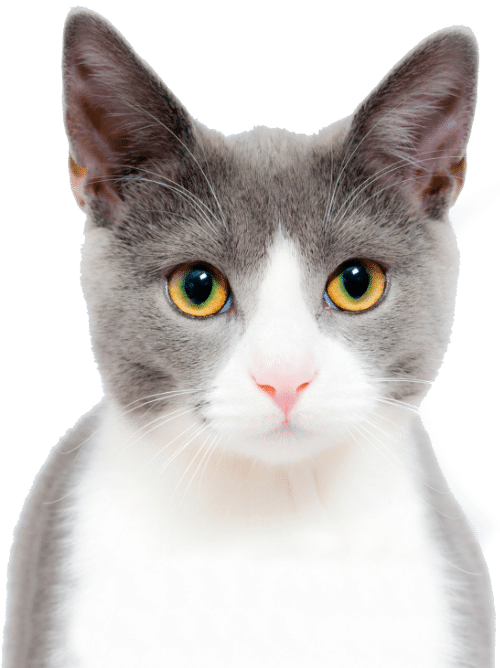
How can I refer clients to the scanner?
If you believe a client’s pet would benefit from a CT scan. call The Referral Centre during clinic hours to arrange an appointment on 0800 838 397 or here at WAVH (07) 839 5656 after hours. The service will be available 24/7 to any pets.

